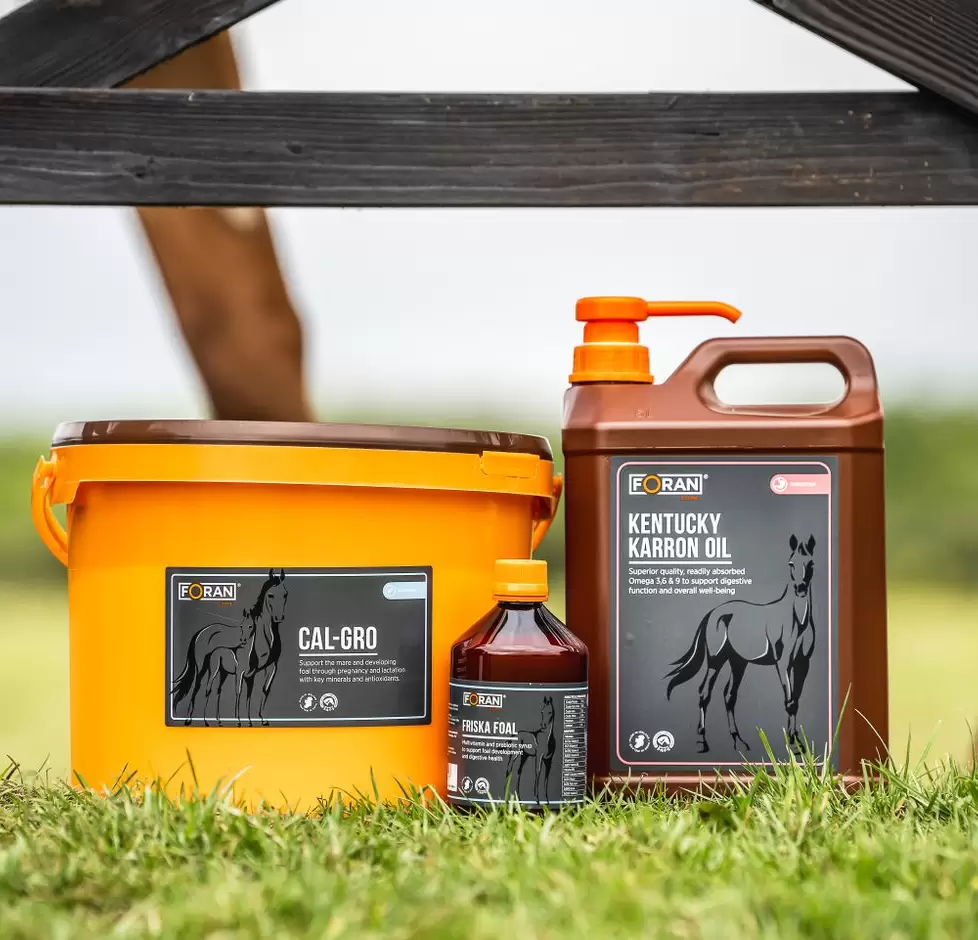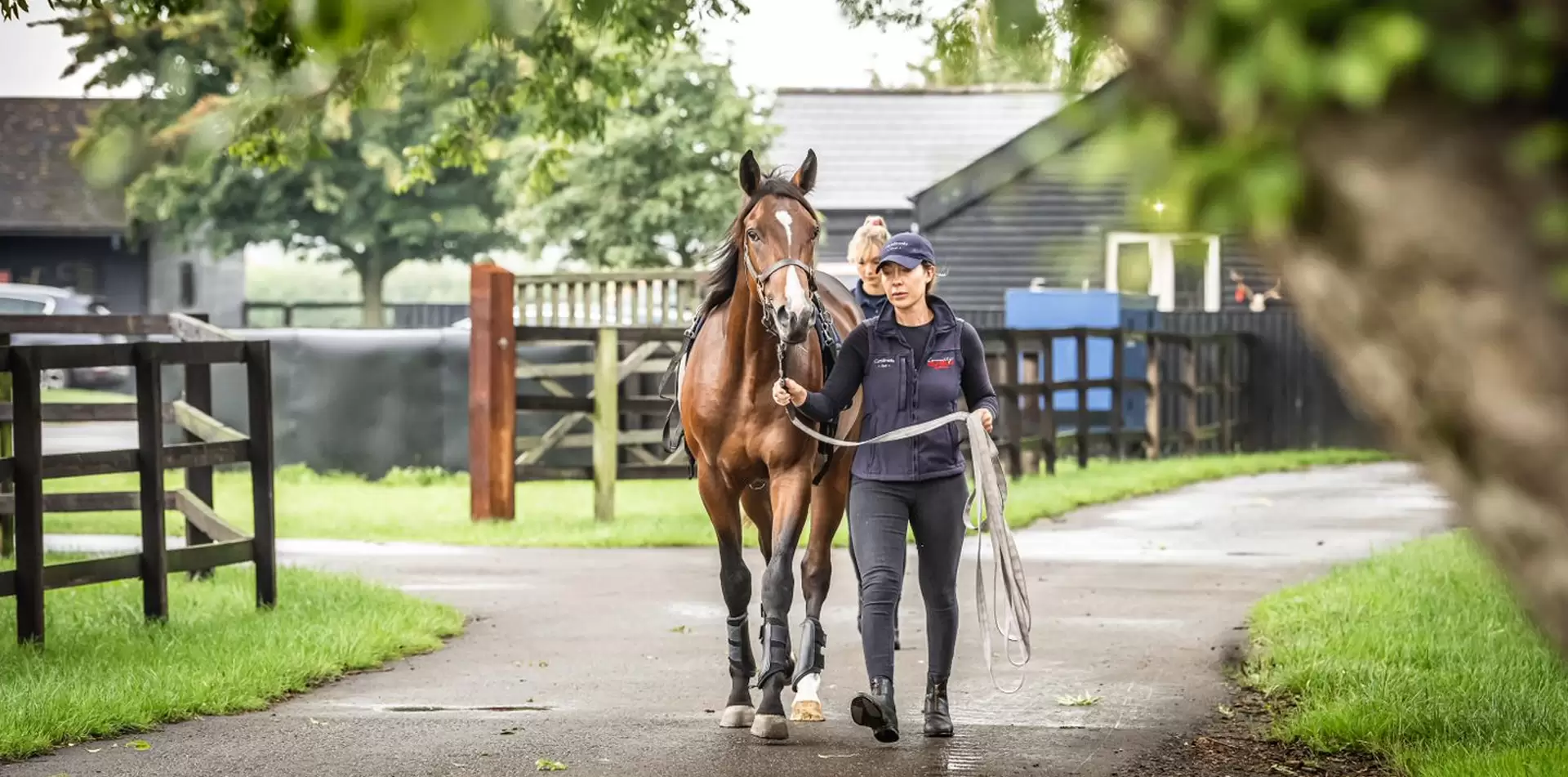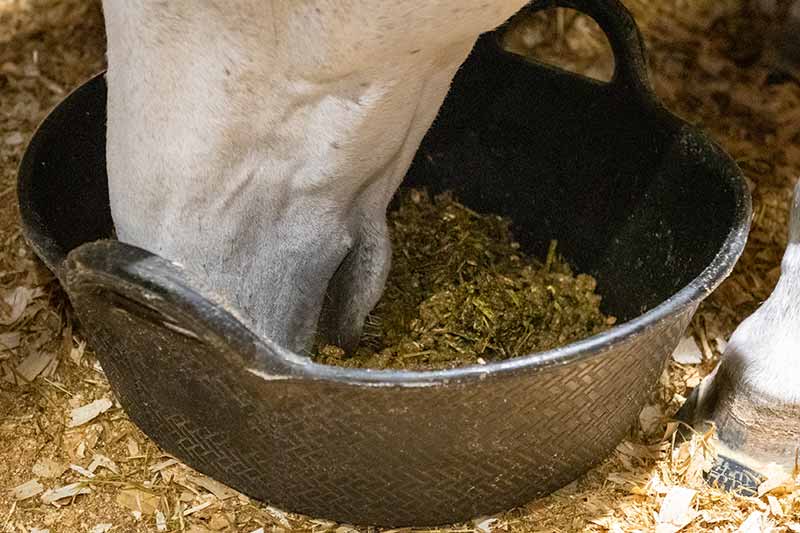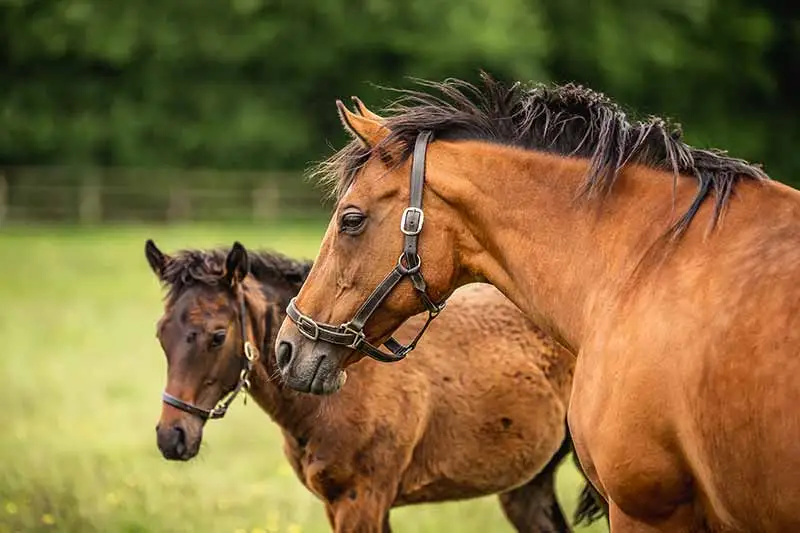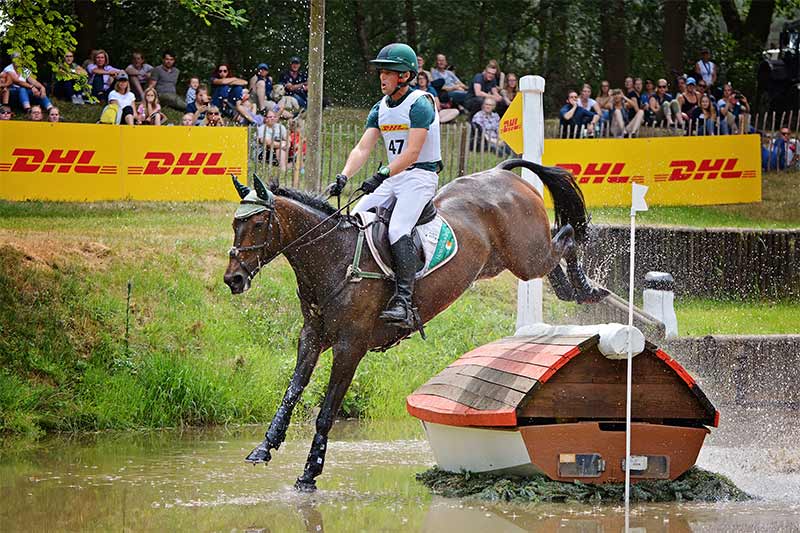
Correct nutrition is essential to maintain bone health in horses – particularly during skeletal growth and development. Consequently, a foal’s diet should be continually assessed and managed from in-utero development right through to training.
What nutrients are important for skeletal development in horses?
- Calcium and phosphorus
- Silicon
- Additional nutrients
Calcium and phosphorus
Calcium and phosphorus are vital for bone development, strength and repair, and also muscular and nervous activity. This makes these dietary components important during pregnancy, lactation, development and exercise?, and essential for young, growing horses.
The blood concentrations of calcium and phosphorus must be maintained within narrow limits for optimal bodily function and so, when dietary intake is insufficient, the body will draw upon its reservoirs – principally bone. Within the bone, these elements are constantly mobilised and replenished according to the ever-changing physiological needs of the body. Inadequate replenishment due to low daily intake can result in reduced bone density, bony malformations, and vulnerability to fractures.
Although calcium and phosphorus are constantly being absorbed, utilised, excreted and re-absorbed via the kidneys and intestine, overall there is a daily net loss – with irretrievable losses occurring in sweat. These losses must then be replaced through dietary sources.
In recent years, the recommended daily requirements for calcium and phosphorus in horses of all categories have been revised upwards and it is likely that these levels may not be achieved in grazing and box-fed horses. As well the absolute minimum amounts of calcium and phosphorus that horses require, the ratio that these two dietary components are provided in is vitally important too. Feeding more phosphorus than calcium impairs the body’s ability to absorb the latter mineral. The body then compensates for this by drawing on reservoirs in the bone. Most horses require a ratio of phosphorus to calcium of between 1.5:1 and 2:1.
To meet the carefully balanced requirements of these two important minerals, it is advisable to supplement the daily rations of growing horses, and young horses entering training with an appropriate nutritional product such as Cal-Gro. Cal-Gro contains the correct ratio of calcium and phosphorus, as well as additional nutrients that support the metabolism of these key dietary components, as well as other important aspects of bone and joint development.
Silicon
A relatively new addition to the list of nutrients required to support the skeletal system is silicon. Research has demonstrated its importance in the horse as silicon plays an essential role in the formation and maintenance of bone, cartilage, tendons, ligaments, and skin.1 Silicon also facilitates the absorption of various minerals and acts to enhance their activities within the body. Cal-Gro contains silicon to help support tendon and ligament elasticity, which is specifically beneficial for young horses as they start to load these structures. Loading these structures is initiated from when foals are first turned out and continues as young horses are put into training and undergo stricter exercise regimes.
Additional nutrients to support skeletal development
In addition to calcium, phosphorus, and silicon, quality equine skeletal supplements, like Cal-Gro, contain other nutrients known to support skeletal development. Dietary components such as trace elements, vitamins, and amino acids are all essential for normal bone growth. These nutrients include copper, zinc, manganese, vitamin E, and essential amino acids – especially lysine.
Adequate lysine in the diet ensures that growth is maintained, particularly when protein concentrations in the body are low. Vitamin A supports collagen formation, which is a key component of the supportive structures of the joints and Vitamin D3 enhances all-important calcium absorption.
When should I start training my horse?
It has been found in recent research that, contrary to expectation, training two-year-old horses in a controlled manner – including short episodes of fast work with appropriate rest periods – results in a diminished risk of bone fractures on the racecourse later on in life, in comparison with horses who began their training at the age of three or four.2 This is due to the structured remodelling of bones in two-year-olds horses in response to appropriate exercise regimes, which cause an increased ability to withstand the demands of training. This increase in bone strength would, of course, be dependent on an adequate daily intake of essential nutrients associated with optimising skeletal development.
Want to know more about supplements that support skeletal growth and mobility? Speak with one of our equine nutrition experts.
